Expanded Tax Benefits for Qualified Small Business Stock Under Section 1202
July 16, 2025
Section 1202 of the Internal Revenue Code provides a valuable tax benefit for owners and investors in certain small businesses through the Qualified Small Business Stock (QSBS) exclusion. It allows noncorporate taxpayers to exclude up to 100% of the capital gain from the sale of qualifying stock when held for more than five years. Originally enacted in 1993, Section 1202 has become an important tool for founders, early employees, and investors, offering significant tax savings on business exits.
The One Big Beautiful Bill Act (OBBBA) makes several significant changes to the QSBS rules under Section 1202. The key updates are summarized below.
Gain Exclusion Expanded
The OBBBA introduces a provision allowing noncorporate taxpayers to claim a partial gain exclusion for QSBS held for less than five years, provided the stock is acquired on or after July 4, 2025.
|
Prior Law |
Under the OBBBA |
|
100% gain exclusion on QSBS acquired after September 27, 2010, and held for more than five years. No partial exclusion if held for less than five years. |
Tiered gain exclusion for QSBS acquired on or after July 4, 2025: · Held at least three years – 50% · Held at least four years – 75% · Held at least five years – 100% For any sale of QSBS eligible for partial – but not full – gain exclusion, the taxable portion of the gain is subject to a 28% capital gains rate, rather than the standard 15-20% long-term capital gains rate. QSBS acquired before July 4, 2025, remains subject to the prior law. |
Increased Cap on Gain Exclusion
Section 1202 places a cap on the amount of QSBS gain that may be excluded from taxable income. The OBBBA increases this cap for QSBS acquired on or after July 4, 2025.
|
Prior Law |
Under the OBBBA |
|
Excludable gain limited to the greater of: · $10 million ($5 million for married filing separately), or · 10 times the taxpayer’s basis in the stock |
For QSBS acquired on or after July 4, 2025, excludable gain limited to the greater of: 1. $15 million ($7.5 million for married filing separately), or 2. 10 times the taxpayer’s basis in the stock The $15 million limit will be indexed annually for inflation, beginning in tax year 2027. QSBS acquired before July 4, 2025, remains subject to the prior law. |
Gross Asset Threshold
For stock to qualify as QSBS, the issuing company’s gross assets must fall below certain thresholds immediately before and after the stock is issued, as established under Section 1202. The OBBBA raises this gross asset threshold for stock acquired on or after July 4, 2025.
|
Prior Law |
Under the OBBBA |
|
Gross asset value of the company immediately before and after the issuance of stock must not exceed $50 million for the stock issued to qualify as QSBS. |
For stock acquired on or after July 4, 2025, the gross asset value threshold is increased to $75 million. This value will be indexed annually for inflation beginning in tax year 2027. |
Other Section 1202 Requirements and Provisions Remain Unchanged
While the OBBBA introduces several important modifications to Section 1202, other key elements remain intact. The following requirements and related provisions continue to apply:
- The stock must be issued by a domestic C-Corporation and acquired at original issuance (not through secondary purchase).
- The corporation must be actively engaged in a qualified trade or business, with at least 80% of its assets used in the active conduct of that business.
- The gain excluded under Section 1202 remains fully excluded for alternative minimum tax (AMT) purposes.
Summary
The changes outlined above significantly broaden the reach of Section 1202 by allowing more businesses to qualify as QSBS issuers and by increasing the potential gain exclusion and overall tax benefits available to holders of QSBS.
Click to return to Larson & Company's One Big Beautiful Bill Act summaries.

Craig is a Tax Partner at Larson & Company. He specializes in tax planning and preparation for individuals, small-to-medium sized businesses, and captive insurance companies.
LinkedIn.jpg?width=1920&height=600&name=shutterstock_2102457385%20(1).jpg)

.png)



